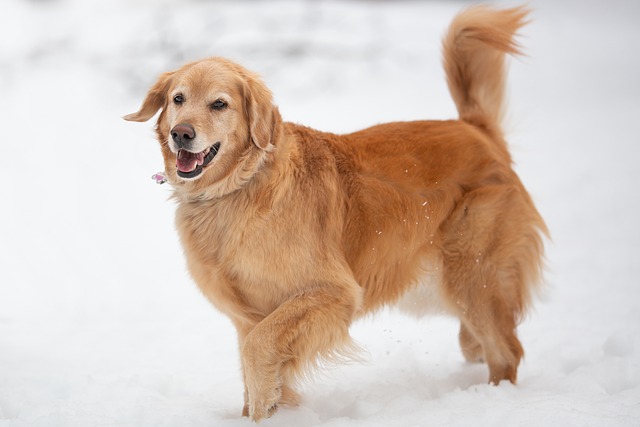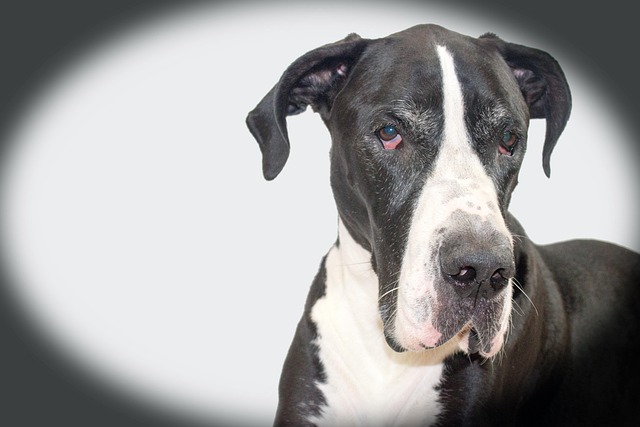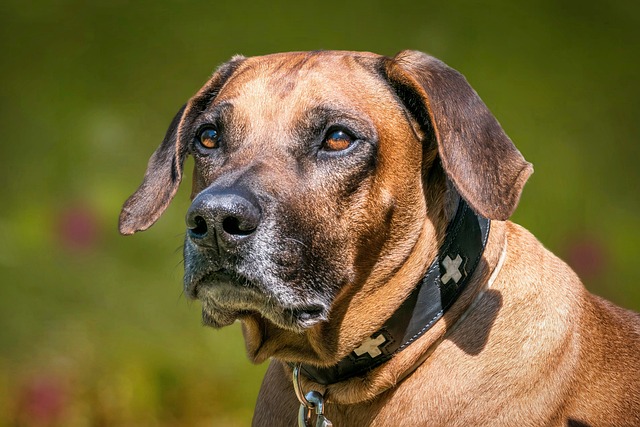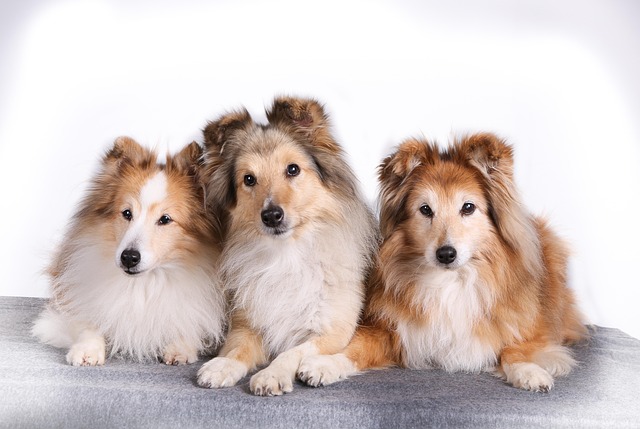Watching your older dog blissfully ignore you when you call them at the park is a frustrating experience that many owners of senior dogs face. You might wonder if their selective hearing is a permanent fixture of their golden years. The good news is that you can absolutely teach an older dog to come when called; it just requires a different approach than with a puppy. The science behind this training hinges on motivation and management. An older dog’s reluctance to come isn’t usually about stubbornness. It can be due to diminishing hearing or eyesight, making it harder for them to locate you. It can also be rooted in arthritis—if coming to you historically meant an uncomfortable activity like a bath or nail trim, they’ve learned that not responding is more rewarding. Your job is to rebuild a positive association so powerful that responding is always their best option.
Your entire strategy must be built on an foundation of high-value rewards and zero punishment. Start in a low-distraction environment like your living room. Arm yourself with something irresistible—diced chicken, hot dogs, or cheese—something they only get for this specific command. Use a consistent, happy cue like “Here!” or “Come!” and reward them lavishly the moment they move toward you. Make it a party! Gradually increase the distance and practice in slightly more distracting areas, like your backyard, always using a long-line leash for safety. This long leash gives them freedom to make choices but prevents them from self-rewarding by running off, allowing you to gently guide them if needed. The most critical rule: never, ever call them for something they perceive as negative. If it’s time for a bath, go and get them instead of using your recall cue. You must protect its positive value.
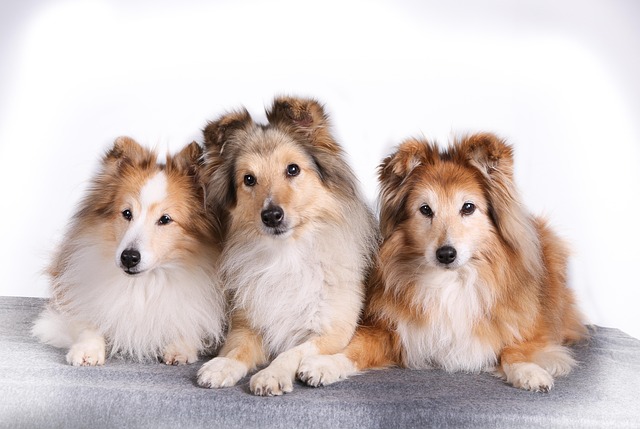
This patient, reward-based method is a cornerstone of modern, responsible dog ownership, which extends into your legal and community duties. A reliable recall is not just a convenience; it’s a critical safety tool. It ensures you can call your dog away from potential hazards, other animals, or people, which is part of your broader responsibility as an owner. This includes ensuring their rabies vaccination is meticulously kept up-to-date—a fundamental legal requirement in all U.S. states that protects everyone. Practicing your recall on walks reinforces your role as a courteous neighbor. This means that every outing, even a training session, comes with the non-negotiable obligation to carry waste bags and clean up immediately, adhering to local ordinances. The entire philosophy of using positive reinforcement aligns with the strong cultural standard of force-free training; scolding a dog for a slow recall would only ensure they never come back. For those in apartments, a solid recall is invaluable for quickly managing interactions in shared hallways or lobbies, ensuring peaceful and safe coexistence with your neighbors.
